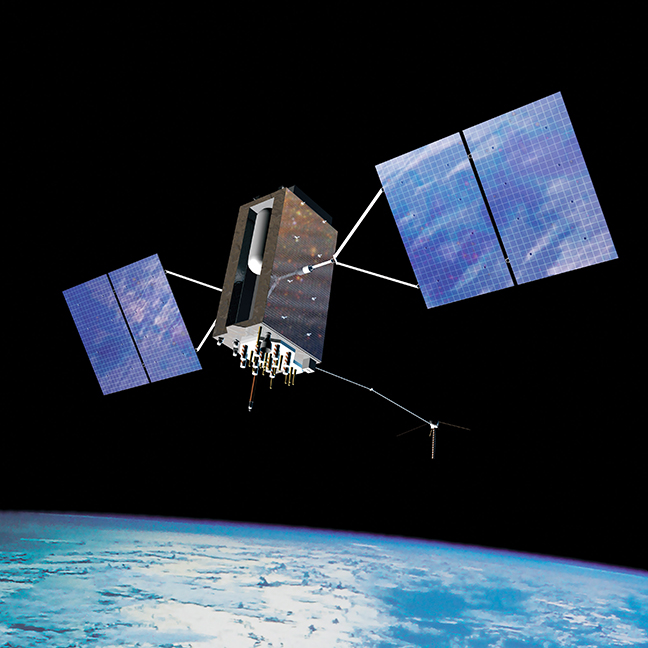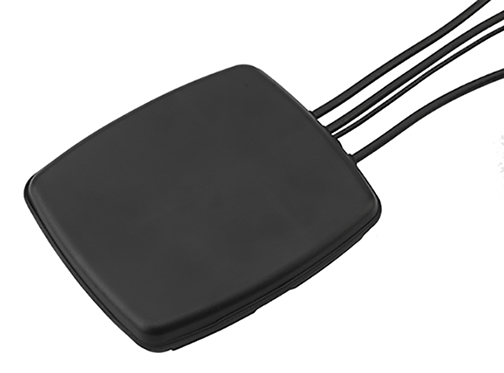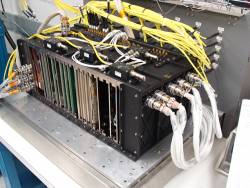Location Privacy: GAO Asks More of NHTSA, New State Laws In the Works
Federal watchdogs examining automakers’ privacy practices are urging a key regulatory agency to step up and clarify its role in protecting the location and other personal information of those operating connected vehicles. The report, posted on August 28, was just one of a number of location-privacy developments including advances in pro-privacy laws in some states and a pullback by Uber on its tracking of its customers.
By Inside GNSS



.jpg)



























